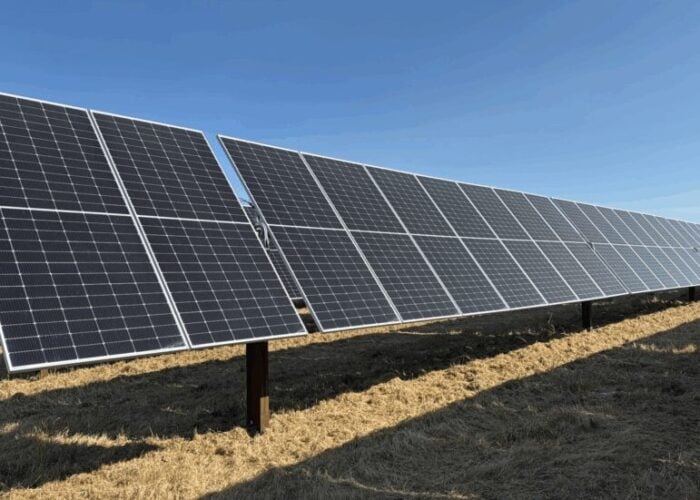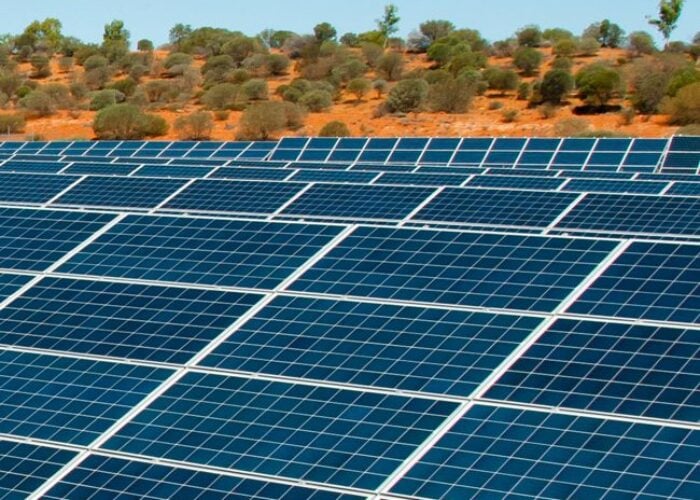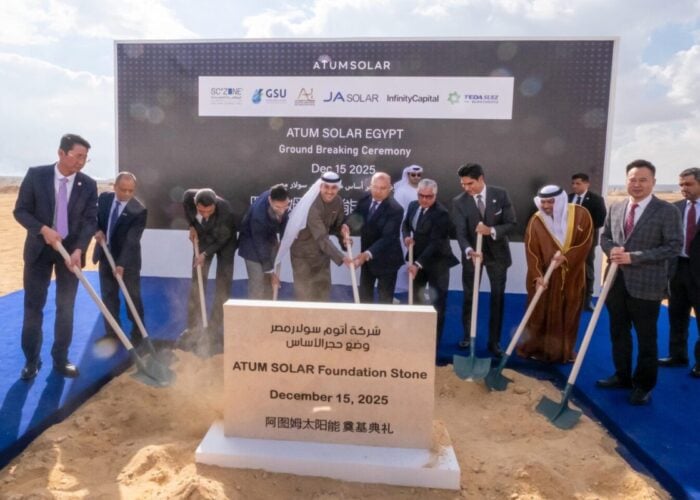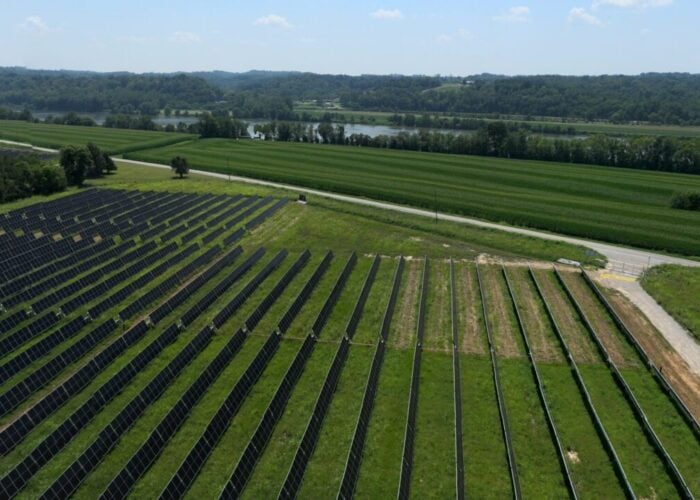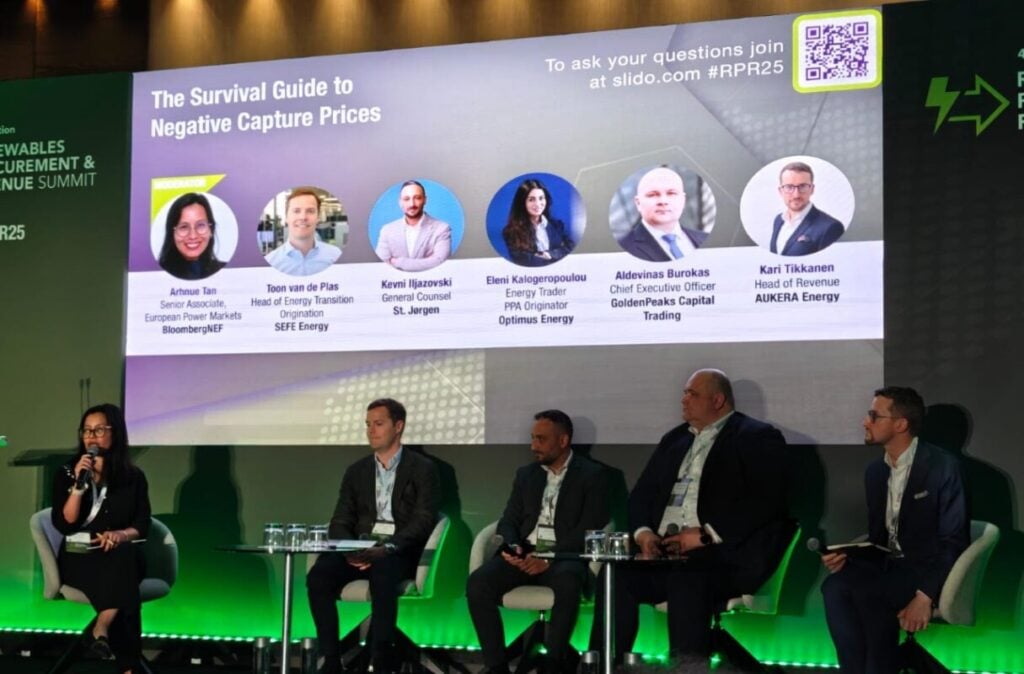
As European power markets consolidate and become more competitive, the increasing frequency of negative capture prices is challenging the viability of renewable energy projects. At a panel discussion hosted at Solar Media’s Renewables Procurement & Revenue Summit, held this week in London, industry leaders examined how market design, revenue structuring, and asset diversification will define future investment success.
“Negative capture prices are here to stay,” said Arhnue Tan, senior associate, European power markets at BloombergNEF, who moderated the panel on survival guide to negative capture prices. According to Tan, these prices – where producers effectively pay to supply electricity to the grid – are driven by oversupply from clean power generation and a lack of matching demand or additional energy infrastructure, such as storage.
Try Premium for just $1
- Full premium access for the first month at only $1
- Converts to an annual rate after 30 days unless cancelled
- Cancel anytime during the trial period
Premium Benefits
- Expert industry analysis and interviews
- Digital access to PV Tech Power journal
- Exclusive event discounts
Or get the full Premium subscription right away
Or continue reading this article for free
Spain experienced 247 hours of negative prices last year and has already surpassed that figure in 2025, while Germany saw negative pricing during 5% of the previous year.
However, this phenomenon is not uniform across Europe. “In markets like Italy, negative capture prices are non-existent because of their gas-heavy energy mix and zonal pricing structure,” added Tan.
Markets with significant subsidies are more affected. For example, Germany’s subsidised environment exacerbates the impact of negative prices, whereas the UK’s two-way Contracts for Difference (CfDs) scheme shields the market from such volatility.
De-risking through revenue structures and storage
Kari Tikkanen, head of revenue at independent power producer (IPP) AUKERA Energy, emphasised that navigating this landscape comes down to tailoring strategies to specific market and asset conditions.
“For our 250MW project, we co-located battery storage to manage downward price volatility and to capitalise on upward swings in the day-ahead market,” Tikkanen said. In some structures like the UK’s CfDs, generation is curtailed before prices go negative, making storage critical for revenue optimisation.
Toon van de Plas, head of energy transition origination at supplier SEFE Energy, added that power purchase agreements (PPAs) are no longer passive arrangements – a sentiment that echoed throughout the conference.
“We now actively optimise intermittent generation, remotely curtailing generation during negative pricing events to preserve value,” explained van de Plas. This optimisation introduces greater flexibility, where curtailing can offer strategic advantages when prices recover.
Building on the theme of strategic restructuring, Kevni Iljazovski, general counsel at renewables developer St. Jørgen, highlighted the benefits of integrating offtakers early in project development. “We now approach industrial buyers at the land acquisition stage, offering them space to co-locate their power-hungry facilities, enabling direct-wire PPAs and avoiding grid congestion delays,” said Iljazovski. This strategy is particularly useful for large-scale projects exceeding 500MW.
The co-location debate, discount rates and market pricing
While many experts supported the co-location of solar and energy storage projects to mitigate risk, not all agreed. Aldevinas Burokas, CEO of GoldenPeaks Capital Trading, challenged the logic.
“If you have solar and storage together during negative prices, you’re better off curtailing solar and buying from the market to get paid for consumption,” he argued. He maintained that standalone storage presents a better business case, particularly in congested grids.
Offering a middle ground, Van de Plas added, “While you wouldn’t optimise batteries and solar identically, there’s undeniable hedge value – solar suffers from cannibalisation during oversupply, which benefits batteries. The two assets diversify portfolio exposure.” Furthermore, the panel agreed that despite high capex and opex associated with batteries, daily operation is key to maintaining returns.
On financing, panellists highlighted that discount rates are becoming increasingly bespoke. “We offer dual pricing – one with curtailment rights to limit losses, and one without, depending on the generator’s flexibility,” said Burokas. Longer-tenure contracts with higher risk of exposure to negative prices command higher risk premiums.
Iljazovski concluded that developers must “step into the shoes of the offtaker” to accurately quantify risk and structure deals accordingly, especially in markets with divergent regulatory frameworks.
PV Tech Premium examined some of the most talked-about topics at this year’s Renewables Procurement & Revenue Summit, including the increased power demand coming from hyperscalers, the limitations of PPAs in Europe and the need for new mechanisms in the PPA landscape, such as hybrid PPAs.

